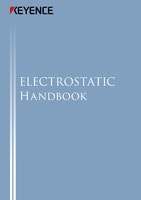Static Discharge to People
Static electricity can often cause pain and discomfort to people through discharges in daily life, such as when we push a button in an elevator or touch a door knob.
The amount of electrostatic charge generated at manufacturing sites is generally larger than in everyday life. Static discharge to people causes pain and discomfort, but it can also result in machine problems, fire, or explosion in some cases.
This section explores the relationship between static electricity and human bodies in manufacturing settings as well as measures to counter static-related problems.
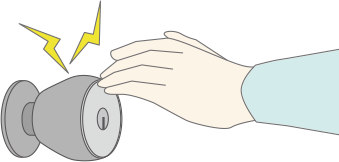
How static electricity is discharged to human bodies
Why do we feel a zap when we receive electrostatic discharge? Let’s take the example of touching an elevator button.
Let’s suppose that the button on the elevator is negatively charged and that you are positively charged. When you touch a button on the elevator, negative charge flows into your hand as the button tries to regain electrical balance. This is electrostatic discharge. An electric current flows through your body, electrifying you, which causes pain.
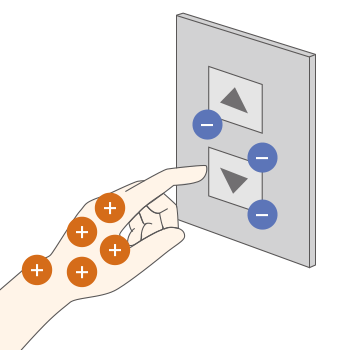
As the amount of static charge buildup in a human body increases, so does the pain. If the discharge is no more than 1 kV, you will barely feel anything, but a discharge of around 3 kV starts to be painful. A 5 kV discharge can cause serious pain. (Reference: Electric charge potential in the human body and corresponding electric shock levels)
- 1 kV doesn’t hurt...
-

- 5 kV is painful!!
-
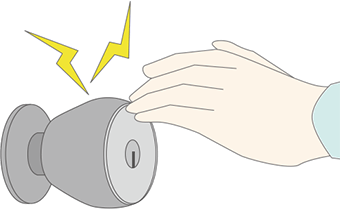
However, elevator buttons and door knobs do not have a constant flow of electricity like a power supply, so the pain is momentary. When a discharge occurs and the static buildup is gone, there is no more discharge.
While a discharge of about 3 kV won’t cause lasting pain or other impact on the human body, it is not comparable to static issues at factories. For example, common flammable gas can ignite at even lower static levels.
At manufacturing sites, a spark caused by even the slightest static or discharge can result in fire and explosion. Therefore, static control is a major issue.
Measures against discharge to people
A roll transfer process or a flexible container filling process as shown in the figure below can have significant static buildup due to the continuous flow of material. Caution is required, because if an operator comes into contact with a charged object, a large discharge will occur which may lead to danger.
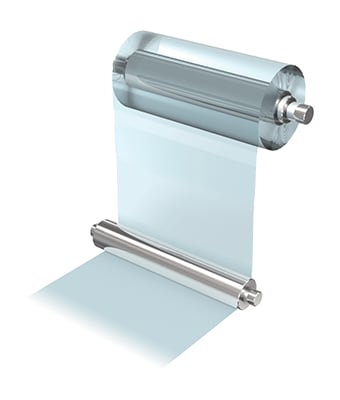
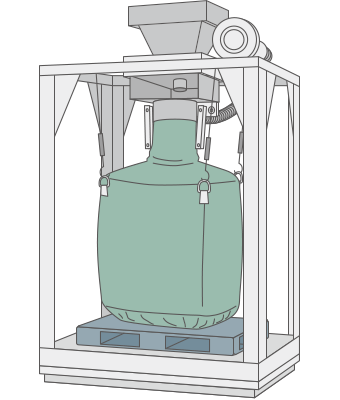
As described in this example, the problem of pain caused by static electricity flowing into the human body from a charged object can be prevented by eliminating the static buildup in the target object.
There are two main measures that can be taken against discharge to people:
- Wear a grounding device to eliminate static from the body.
- Use a static eliminator (ionizer) to eliminate static from the target object.
Static elimination from a human body
Using wrist straps to connect the body to ground effectively eliminates static electricity from the human body. By connecting the body to ground, static buildup in the human body is discharged to ground and eliminated.
Static elimination from a target object
Electrostatic discharge cannot be completely prevented with just grounding the human body. The target object may also discharge to human bodies.
If the purpose of eliminating static from a human body is to protect it, measures such as covering equipment with protective tubes and shield plates can be effective. However, in processes that involve manual tasks, these methods have their limits.
This is where static eliminators (ionizers) come into play. Eliminating static from target objects using a static eliminator (ionizer) has a significant effect as it directly counteracts the cause of electrostatic discharge.

